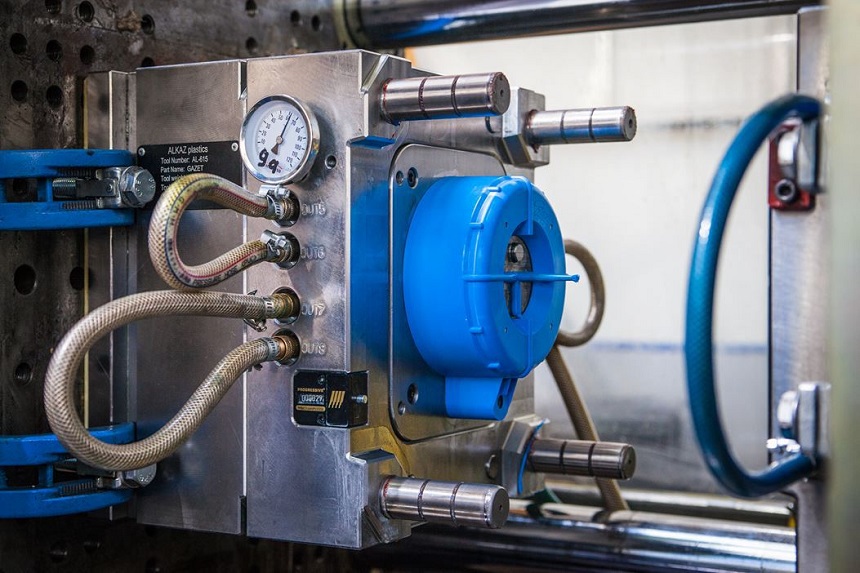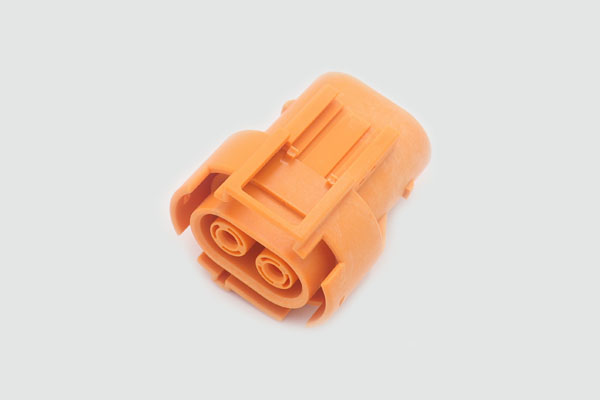Injection Molding Tolerances: Best Practice

To ensure the final parts fit together during assembly, you should correctly specify injection molding tolerances. But how can you do that?
Here, our injection molding company highlights best practices for injection molding tolerances:
Use a rapid prototyping service
You can’t produce consistent, high-performing products without tolerance optimization. Through control, material selection, and design, you can produce high-quality and functional plastic injection molded parts.
Using a rapid prototyping service, you can resolve tolerance concerns and optimize your process and design much earlier. With the prototyping capabilities of PTMS, you can receive tangible samples of your product in your proposed design. This enables our designers and engineers to offer feedback and make early adjustments before the parts are mass produced.
With rapid prototyping, you can also address design and manufacturing challenges earlier on. In addition, you can simultaneously compare potential designs. Thus, reducing the time, money, and effort you spend on the development phase, which can make your production quite efficient.
Apply repeatable, effective process controls.
Process controls mean how injection molders regulate certain variables that may negatively affect part quality. These variables are holding time, pressure, and temperature. Monitoring and adjusting these variables minimize variance and reduce their effect on part’s quality.
Here’s a common control method: embed sensors into the molds to monitor the mold environment — including pressure and temperature — and offer this information in real-time to production engineers.

Generally, plastic resins have greater thermal expansion coefficients, which is why they fluctuate in size under dramatic temperature changes. When unacceptable variances in pressure and temperature occur, sensors allow engineers to make rapid adjustments. Once they’re under control, the mold will resume creating parts that follow tolerances.
Don’t forget to factor in tooling considerations.
Mold design is another thing you must consider. Once you choose your materials, injection molders may start designing custom molds for your application. They consider material shrinkage by factoring in the following tool considerations:
Gate location
This is where the molten plastic enters the mold. To ensure the plastic flows to the desired place at the right gate and doesn’t result in areas that are too thick or too thin, consider gate location.
Ejector pin location
This pin comes in different shapes and pushes the final product off the mold. To prevent unwanted scratches or dents on the finished product, the placement, shape, and pressure of this pin are critical considerations.
Tool tolerance
To maintain accuracy throughout the heating and cooling cycles, molds must be made with highly accurate measurements. This will ensure that the parts won’t experience severe defects like sinking, wrong sizing, etc.
Tool cooling
Cooling is one of the most important steps of the production process. To prevent shrinkage, functional, and cosmetic defects, the mold design must achieve uniform cooling of the molten plastic before ejection. This can be done by placing cooling channels in the mold.
Choose the ideal material for the application
The plastic resins you’ll use will play an important role in injection molding tolerances. This is because different materials will have varying weights, chemical properties, compositions, and other factors that will affect the possibility of accomplishing uniform shrinkage. Consider the following factors when choosing the materials to be used for your parts:

Usage of several materials
Using over one type of resin can lead to varying shrinkage rates. This complicates adjustments and your part has a higher chance of experiencing cosmetic defects that influence the tolerance of the parts.
Additives
While some resins have fillers to change or improve their chemical and physical properties, fillers can also affect shrink rate.
Molecular weight
Materials with a high molecular weight typically have higher pressure drops and higher viscosity, which increases their shrinkage rates.
Plastic composition
Between semi-crystalline (for example, polyethylene) and amorphous plastics (for instance, ABS), the former has greater shrinkage rates due to their compact structures.
Keep design with manufacturability in mind
During production, you can avoid costly redesigns by anticipating potential variances early on. To find the right tolerances, engineers and designers must follow DFM (design for manufacturability) practices.
This means designing every injection molded part with the use and end product in mind. By following the principles of DFM, the unique restrictions and manufacturing methods are taken into consideration. It’s then used to determine design features such as draft angles, wall thickness, and others.
For instance, stricter tolerances are required to get the desired size of the parts. This is because increasing a part’s size may cause distortions like warping. To reduce this, don’t forget to factor in size.
Wall thickness is another example. This plays a crucial role, especially during the cooling phase. Here, shrinkage occurs, which is partially determined by the part’s wall thickness. If you don’t calculate tolerance, you may end up with a smaller part.

Ensure the injection mold structure holds the plastic material properly
What good is a mold structure if it’s not able to hold the plastic material properly? Remember, mold structure should handle the molding process, deformation, mold temperature, and shrinkage itself. Opening/closing shouldn’t be difficult, and it shouldn’t risk the serviceable life of the machine. In addition, the mold design should improve the production costs and efficiency.
Mold processing is the next step after the mold design. It’s important to arrange the molding process properly as it can increase the likelihood of a successful production. If you want to stabilize results, know what your machine goes through. During the molding process, the plastic is heated first and is then injected into the injection mold. Before releasing it, it’s rapidly cooled to build your designed product. Ensure that every part of your injection machine is functioning well. This means, you should clean and maintain the machine every month for optimal results.
As one of the leading injection molding manufacturers, PTMS makes custom injection molding with advanced machines
The injection machines of PTMS can run every type of resin – from high temperature to filled materials, commodity to grades. We only work with high-quality plastic resin suppliers within the industry. As one of the leading injection molding companies, the plastic resin we use is 100% qualified.
We’re an ISO 9001-2008 company and are extremely strict with product quality.
Contact us now for more information on our plastic injection molding company!
